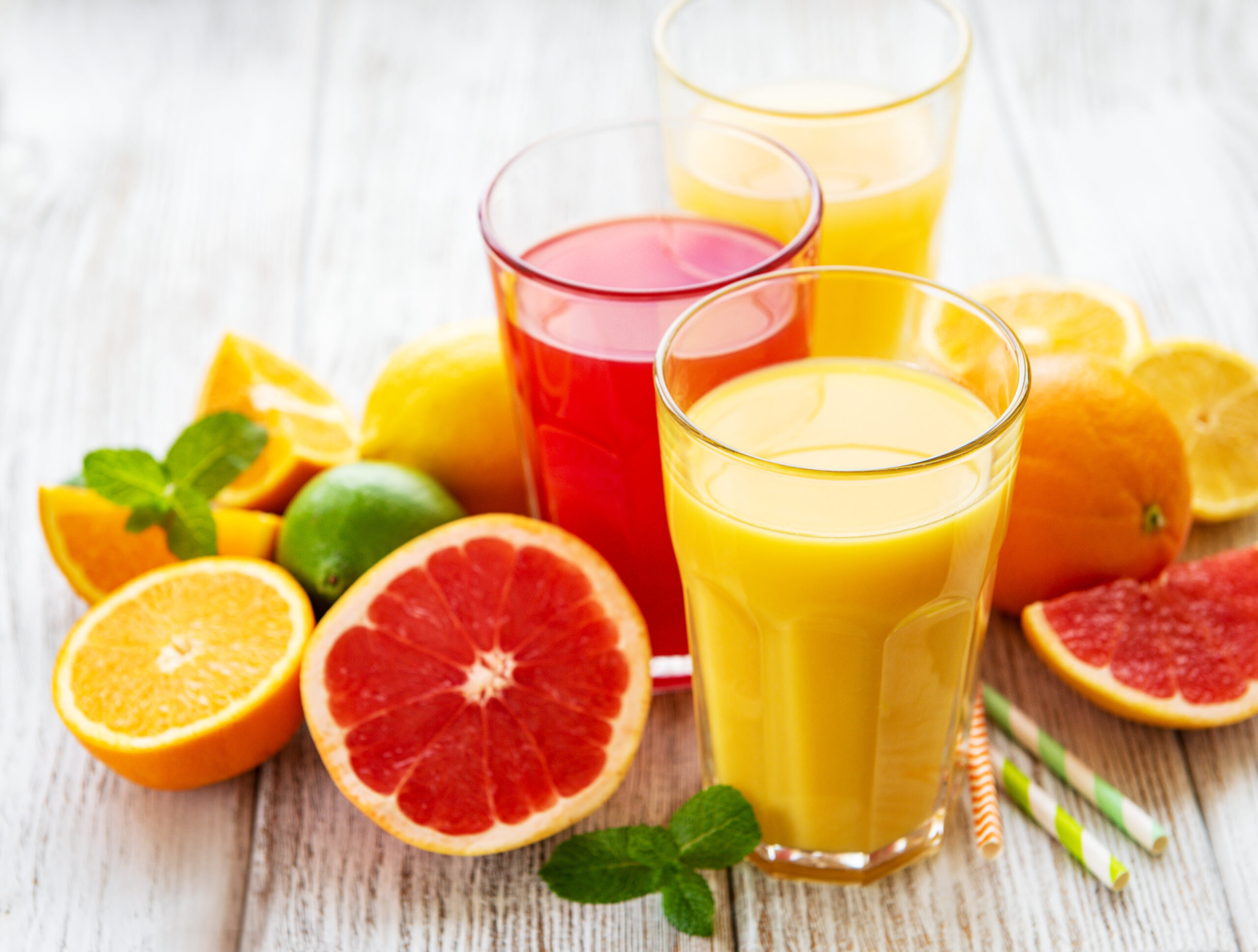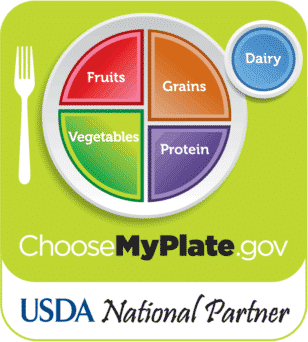2020-2025 Dietary Guidelines for Americans Supports 100% Juice as Part of a Healthy, Balanced Diet
On December 29, the USDA released the next edition (2020-2025) Dietary Guidelines for Americans (DGA). The goal of the DGA is to provide nutrition guidance that can improve the health of Americans by helping people choose healthy and enjoyable foods and beverages. It is jointly published by the U.S. Departments of Agriculture (USDA) and Health and Human Services (HHS) every five years, and provides science-based recommendations designed to encourage Americans to make nutrient dense food choices and follow a healthy dietary pattern.
New this time, is nutritional guidance for birth to 24 months, pregnant and lactating women, as well as a focus on a lifespan approach. This lifespan approach encourages healthy dietary patterns from infancy through older adulthood. There is also a greater emphasis on flexibility in eating styles based on personal preferences, traditions and food cultures as well as income level.
Recognized as a healthy beverage rich in nutrients, that is nutritionally similar to whole fruit, 100% juice continues to be included in the fruit and vegetable group along with fresh, frozen, canned and dried forms. The DGA acknowledges that one cup of 100% fruit juice is equivalent to one cup of fruit in a healthy dietary pattern.
“According to the new Dietary Guidelines, about 80 percent of Americans are not eating enough fruits. One hundred percent juice can help. It’s an easy and simple way to add more fruit to your diet,” said Diane Welland, a registered dietitian with the Juice Products Association, “and with so many types of juices to choose from and in so many forms – from pantry staple to refrigerated varieties – juice can fit into any lifestyle and budget.”
For toddlers (two years and older) the 2020 Dietary Guidelines align with the American Academy of Pediatrics (AAP) which allow young children a daily intake of up to 4 ounces of 100% juice. Depending on their calorie level, the DGA states that older children and adults can have as much as 10 fluid ounces of juice a day. When it comes to older adults, 100% juice is particularly important as it can support fluid intake and prevent dehydration as well as help improve fruit and vegetable intakes.
The new dietary guidelines recognizes 100% juice as a nutrient dense beverage, which, along with water and low-fat milk, should be a primary beverage consumed by both adults and children. It contains essential vitamins, minerals and plant compounds like folate, potassium and polyphenols and can help increase fruit intake. Research shows juice drinkers, both children and adults, have better quality diets, eat more whole fruit and have lower intakes of saturated fat, total fat and added sugar than non-juice-drinkers have.
Parents and dietitians alike can incorporate 100% fruit juice into kids’ diets in a variety of ways that go beyond just drinking it. For example, 100% fruit juice is a natural in salad dressings, instead of heavy ranch dressing, try this Homemade Grape Dressing on salads. Create healthy snacks, like Cranberry Popcorn or Fruit Juice Popsicles, or interesting baked goods like Zucchini Chocolate Bread or Orange Rhubarb Muffins. Find additional recipes at SipSmarter.org/recipes.
The Dietary Guidelines encourage health professionals to help the public “make every bite count” by urging the consumption of fruits and vegetables in all forms – juice included. Along with the updated DGA, health professionals can find great resources at SipSmarter.org, including an RD toolkit, the latest juice research, and more.





